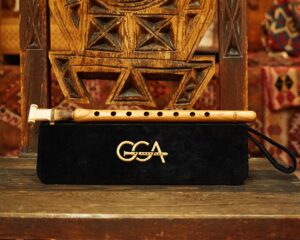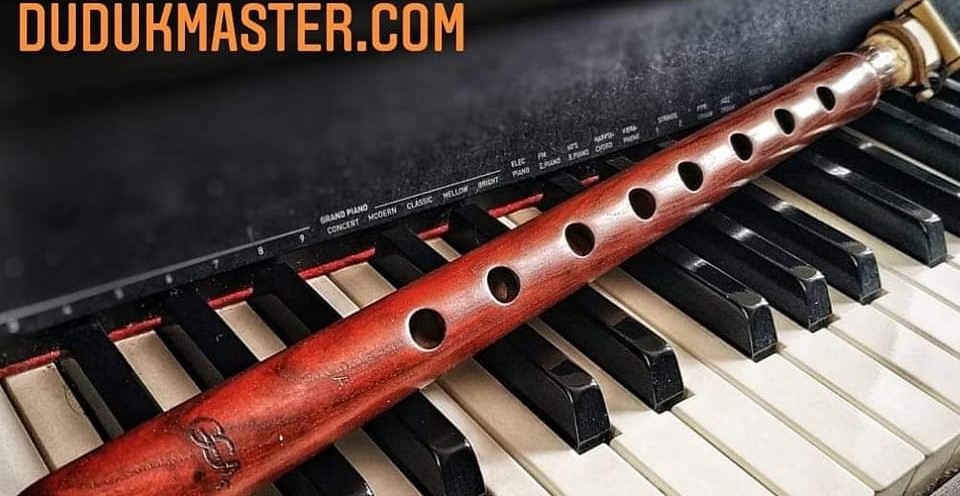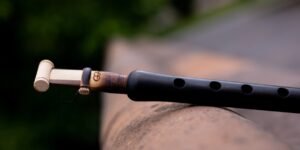
Duduk Special Gift Set in a Hard Case
Enhance Your Duduk Experience: A Special Gift Set in a Hard Case

Vibration
Vibration in duduk playing is primarily achieved using the lips. There are various types of vibrations, ranging from fast to slow. It’s important to aim for the vibration to occur at the end of the sound, originating naturally from the sound’s conclusion. This approach ensures that the vibration feels authentic and not artificially produced. Employing vibration skillfully is paramount in creating a beautiful sound.
Games
Games play a significant role in enhancing the richness and intrigue of the duduk’s sound, particularly when executed with grace and finesse. These games involve a collaborative effort between the lips and fingers, encompassing both slow and fast variations. During dance performances, games adopt a much brisker tempo to elevate the musical experience.
Glissando
To achieve the mesmerizing glissando effect on the duduk, you’ll employ a combination of finger and lip movements.
Staccato
Staccato, a vital duduk technique, predominantly emanates from the throat. Although there are instances where a staccato tongue technique is used, the throat is the more common source. Throat-based staccatos yield softer tones, preserving the duduk’s inherent softness and mellowness of sound. The importance of staccato technique shines especially bright during dance performances.

Enhance Your Duduk Experience: A Special Gift Set in a Hard Case

Duduk Instrument Prices There are a number of factors that can affect
GGA represents professional musical instruments, that are recognized all over the world. The instruments are exclusively hand-made works. Feel the spirit of the orient music.